Table of Contents
Welcome to Your Dreamiest, Clutter-Free Bathroom Yet!
- Discover the essence of Scandinavian design: simplicity, light, and natural materials
- How your bathroom can become a calming, spa-like retreat
- The power of intentional design in small spaces
Step 1: Pick the Perfect Vanity – The Star of Your Bathroom
- Why floating vanities create a sense of openness
- Best wood finishes for a Nordic-inspired look (think birch, oak, ash)
- Handleless drawers & soft-close features for clean lines and quiet luxury
- Shop Scandinavian vanities designed to match this aesthetic
Step 2: Master the Art of Storage – Because Less is More
- Tips for hidden storage that keeps clutter out of sight
- Soft-close drawers with built-in organizers = minimalist magic
- How floating shelves can be both stylish and functional
Step 3: Add the Finishing Touches
- Stick to a neutral color palette: soft whites, grays, and beige
- Use LED mirrors and pendant lighting to create warm, diffused light
- Add texture with natural accessories like linen towels, woven baskets, and greenery
Final Thoughts: Your Dream Minimalist Bathroom is Closer Than You Think
- Recap of key steps to achieve a Scandinavian bathroom
- Why minimalism doesn’t mean boring—it means purposeful
- Smart technology that integrates seamlessly into your minimalist space
Discover the Latest Smart Features in Our Collections
- Smart vanities with built-in charging and organization
- Bluetooth-enabled LED mirrors for ambiance + function
- Luxury medicine cabinets with sensor lighting and sleek designs
Featured Smart Products
- Floating Vanity with integrated smart tech
- LED Mirror with dimmable lighting and touch control
- Medicine Cabinet with motion-sensor lighting and hidden storage
When you step into a bathroom, one of the first things you'll likely notice is the vanity. But define bathroom vanity? What exactly is a bathroom vanity, and why is it such a crucial element of bathroom design? At its core, a bathroom vanity is more than just a sink and cabinet combination - it's a multifunctional centerpiece that blends practicality with style. This essential fixture not only provides a dedicated space for your daily grooming routines but also offers storage solutions and sets the tone for your entire bathroom's aesthetic. Whether you're renovating your space, building a new home, or simply curious about interior design, understanding bathroom vanities is key to creating a functional and beautiful bathroom. In this comprehensive guide, we'll delve into everything you need to know about bathroom vanities, from their basic definition to the various types available and how to choose the perfect one for your needs.
What is a Bathroom Vanity?
A bathroom vanity is a combination of a sink, countertop, and cabinet that serves as a centerpiece in bathroom design. It's a fixture that combines functionality with aesthetics, providing a space for personal grooming tasks while also offering storage for bathroom essentials. Typically, a vanity includes a countertop with one or more sinks, faucets, and a mirror or medicine cabinet above.
Components of a Bathroom Vanity
Understanding the components of a bathroom vanity can help you make informed decisions when selecting one for your space. The main components include:
Countertop: This is the flat surface area of the vanity, often made from materials like granite, marble, quartz, or laminate.
Sink: The basin where water collects. It can be undermount, drop-in, or vessel style.
Faucet: The fixture that delivers water to the sink.
Cabinet: The storage area beneath the countertop, which can include drawers and/or doors.
Mirror: Usually hung above the vanity for grooming purposes.
Lighting: Often incorporated above or around the mirror.

Victoria 60" Red Oak Double Bathroom Vanity
Types of Bathroom Vanities
Bathroom vanities come in various styles and configurations to suit different needs and spaces:
Freestanding Vanities:
These are standalone units that can be placed anywhere in the bathroom.
Wall-Mounted Vanities:
Also known as floating vanities, these are attached to the wall and don't touch the floor.
Corner Vanities:
Designed to fit into corner spaces, maximizing room in smaller bathrooms.
Double Vanities:
Feature two sinks, ideal for shared bathrooms.
Vessel Sink Vanities:
These have a sink that sits on top of the counter rather than being inset.
Bathroom Vanity vs. Other Bathroom Fixtures
While a vanity is a central fixture in many bathrooms, it's important to understand how it differs from other bathroom elements:
Vanity vs. Pedestal Sink: Unlike a vanity, a pedestal sink doesn't offer storage space but can make a small bathroom feel more open.
Vanity vs. Console Sink: Console sinks are similar to vanities but typically have open shelving instead of closed cabinetry.
Vanity vs. Wall-Hung Sink: Wall-hung sinks are mounted directly to the wall without any supporting structure beneath, unlike vanities which include cabinetry.
Choosing the Right Bathroom Vanity
Selecting the perfect vanity for your bathroom involves considering several factors:
Size: Measure your space carefully to ensure the vanity fits comfortably.
Style: Choose a design that complements your overall bathroom aesthetic.
Storage Needs: Consider how much storage space you require.
Material: Select materials that suit your budget and maintenance preferences.
Plumbing Compatibility: Ensure the vanity works with your existing plumbing setup.

Louis 84" Yellow Oak Bathroom Vanity
A Brief History of Bathroom Vanities
The concept of a bathroom vanity has evolved significantly over time. In the early 20th century, when indoor plumbing became more common, vanities were often repurposed furniture pieces. As bathrooms became more standardized, purpose-built vanities emerged, focusing on functionality and water resistance. Today's vanities blend historical design elements with modern materials and technology.
Current Trends in Bathroom Vanity Design
Floating Vanities:
These create a sense of spaciousness and are easy to clean underneath.
Natural Materials:
Wood, stone, and concrete are popular for a more organic feel.
Smart Storage:
Vanities with specialized compartments for electronics and grooming tools.
Minimalist Designs:
Clean lines and simple forms are trending in modern bathrooms.
Maintaining and Cleaning Your Bathroom Vanity
To keep your vanity looking its best:
- Wipe down the countertop daily with a mild cleaner appropriate for the material.
- Clean the sink and faucet regularly to prevent water spots and soap scum.
- Check for leaks periodically and address them promptly to prevent water damage.
- Polish mirrors and hardware to maintain their shine.
- Organize the cabinet contents regularly to maximize storage efficiency.
Conclusion
A bathroom vanity is more than just a functional fixture; it's a key design element that can significantly impact the look and feel of your bathroom. By understanding the different types, components, and considerations in choosing a vanity, you can select the perfect one for your space. Whether you're doing a full bathroom renovation or simply updating your existing setup, the right vanity can elevate your bathroom from ordinary to extraordinary.

















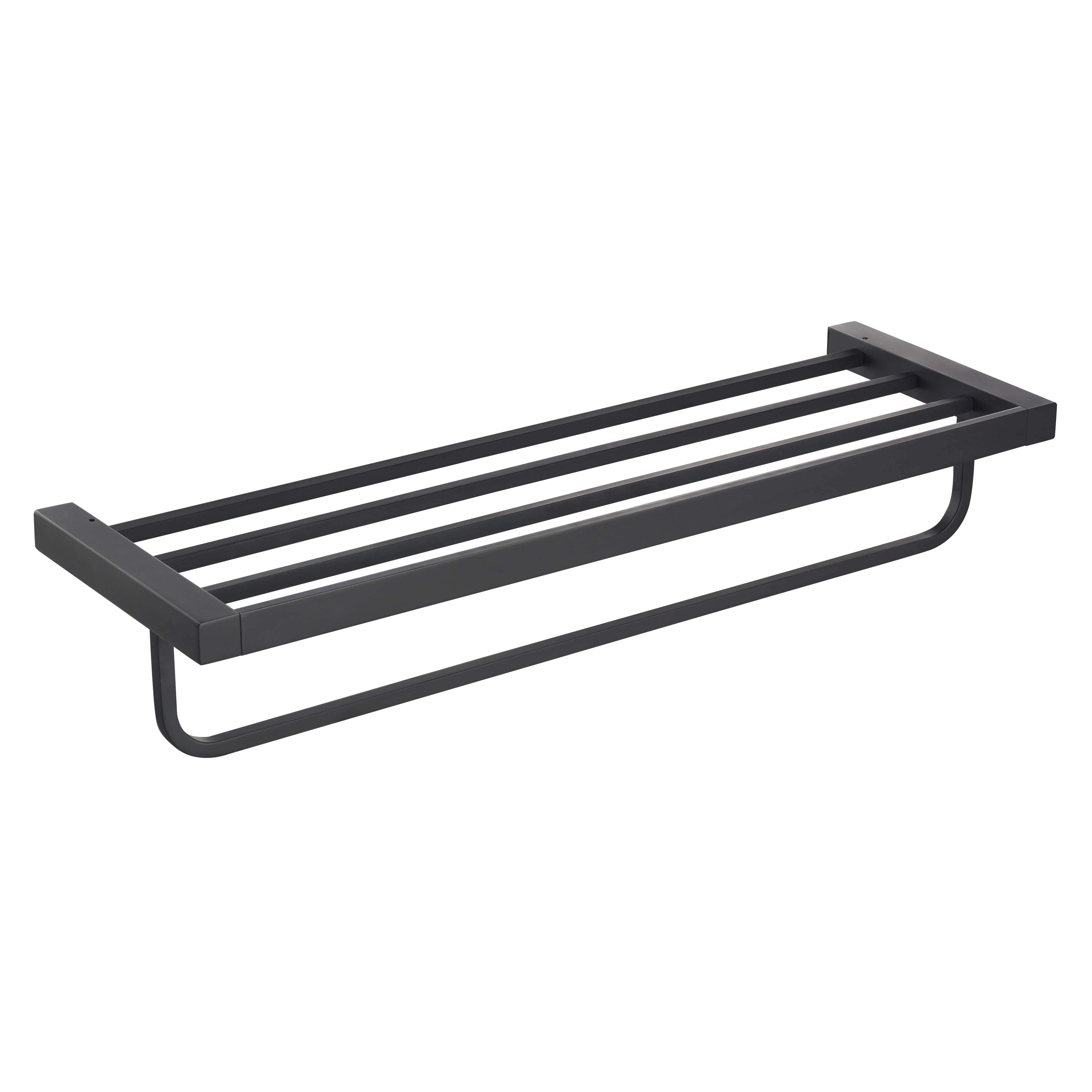













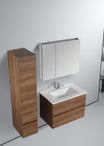















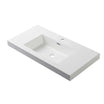




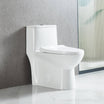

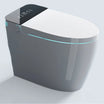










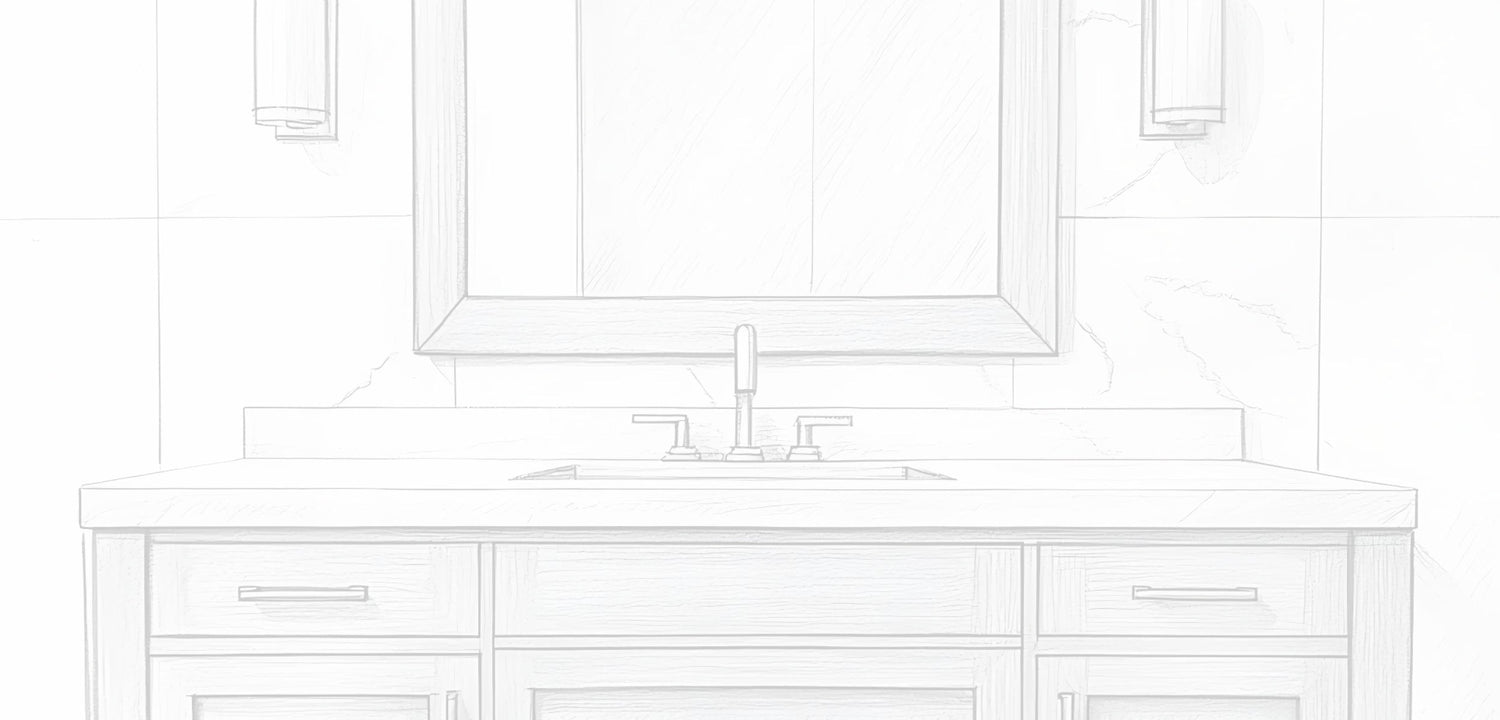



Leave a comment
All comments are moderated before being published.
This site is protected by hCaptcha and the hCaptcha Privacy Policy and Terms of Service apply.